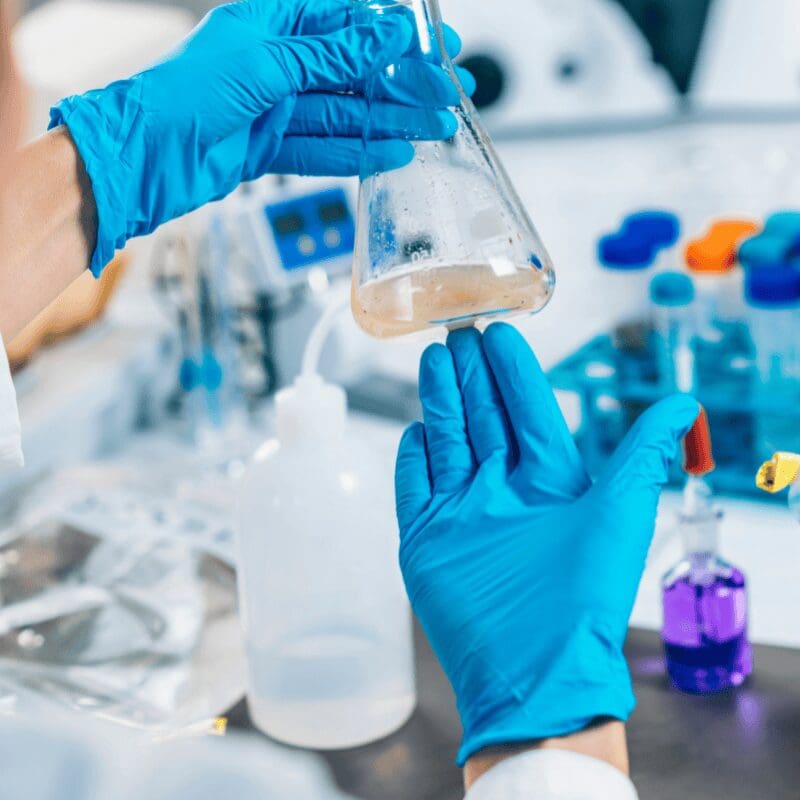How US Schools Are Combatting Dirty Drinking Water

Clean drinking water is an essential component of every child’s education. It is imperative for the health and well-being of the students and the faculty members alike. Unfortunately, many schools across the Midwest have been struggling with dirty drinking water, and the situation is far more serious than anyone realizes.
In this post, Office H2O dives into the topic of how US schools are combatting dirty drinking water. This is a subject that we care passionately about since education is the foundation of our kid’s future, and they all deserve the best learning environment, which includes access to clean drinking water! So, let’s uncover the types of contaminants found in school water and their impact on learning and the schooling environment.
Types of Contaminants Found in School Water
Schools across the Midwest have been struggling with dirty drinking water, and the contaminants found in school water are diverse. Some common ones are lead, arsenic, copper, mercury, and bacteria. Lead is particularly harmful as it can cause brain damage, hearing loss, and developmental delays in children. Lead in the water has also been the main focus of concern for schools in recent years, leading to several investigations into the state of the water quality in the United States.
Arsenic, another known water quality problem, is a carcinogen and can cause skin, bladder, and lung cancer. Copper, when ingested, can cause gastrointestinal irritation and liver damage, while mercury can damage the nervous system. Bacteria can cause illnesses such as diarrhea, vomiting, and stomach pain. The list could go on and on. So, it just makes it that much more imperative that we pay attention to the quality of the drinking water our kids have access to while at school.
The Impact Contaminated Water is Having on Learning
Contaminated water has a profound impact on students’ learning and cognitive development. Consistent exposure to harmful contaminants like lead may result in developmental delays and learning disabilities, inhibiting the child’s ability to focus, grasp new information, and perform academically. Similarly, bacteria in water can lead to health issues such as stomach upset and foodborne illnesses, leading to absenteeism and a consequent disruption in the learning process.
A study by Brown University revealed a strong correlation between lead exposure and lower test scores, poor classroom performance, and an increased likelihood of children displaying disruptive behavior. This makes it clear that access to clean and safe drinking water isn’t just about physical health; it’s a key element in ensuring an optimal learning environment for every child.
Why Parents and Administrators Should Be So Concerned
Parents and school administrators should be profoundly concerned about the quality of their school’s water supply for a multitude of reasons. First and foremost, contaminated water poses a significant health risk to children, which can lead to severe long-term health issues. No parent or school administrator would want the students under their care or instruction to suffer the consequences of drinking polluted water.

Moreover, the academic implications of contaminated water are substantial. As mentioned above, exposure to certain contaminants like lead can result in learning disabilities and poor academic performance. It becomes increasingly difficult for students to reach their full potential when their health and cognitive development are compromised.
On an administrative level, dealing with the fallout from contaminated water can be a nightmare. There could be lawsuits from parents, investigations by health departments, or negative media coverage; all of which can tarnish the reputation of the school and the trust parents have in the administration.
As a society, we collectively bear the responsibility to ensure the well-being of our children, which includes providing them with a safe and healthy learning environment. Clean drinking water in schools is a fundamental part of that responsibility. Therefore, ensuring water quality should be a top priority for both parents and school administrators alike.
How Schools are Combatting Dirty Drinking Water
In response to the pressing issue of contaminated water, schools across the Midwest are implementing proactive measures to ensure the safety and well-being of their students. An increasing number of schools are investing in advanced water filtration systems like bottleless water coolers that can effectively remove contaminants such as lead, arsenic, copper, mercury, and bacteria. These systems are designed to purify the water at the point of use, ensuring that clean, safe water is dispensed from every tap in the school.
Moreover, some schools are also regularly testing their water for contaminants. While the EPA doesn’t require schools to do this, many are taking it upon themselves to have their water tested. This approach allows for the monitoring of water quality over time and provides an early warning system if levels of impurities begin to rise. Some schools have even initiated student-led water testing programs, which not only monitor water quality but also educate students about the importance of clean drinking water. To ensure the sustainability of these efforts, schools are partnering with local agencies and organizations to secure funding for ongoing water testing and filter maintenance. Collaboration with local communities has been crucial in raising awareness about the importance of clean drinking water and in garnering support for these initiatives.
In addition, state legislation is playing a significant role in combating dirty drinking water in schools. In Indiana, schools are now required to test their water for lead and other contaminants, further solidifying that the quality of drinking water in schools across the state matters!
Lastly, schools are raising awareness about the importance of water quality among students, staff, and parents. By educating stakeholders about the risks associated with contaminated water and the steps being taken to address the issue, schools are fostering a community that prioritizes the health and safety of its members.
While the issue of dirty drinking water in schools is undoubtedly a serious concern, there are multiple measures being taken to combat this problem. The collective efforts of schools, communities, and government agencies are making a significant difference in ensuring that every student has access to safe and clean drinking water.

We Ensure Midwest Kids Have Access to Clean Water
Access to clean drinking water is not an option; it is a necessity, especially in the learning environment. Dirty water poses significant health risks to our students and faculty members across the Midwest and can negatively impact our children’s learning and the schooling environment.
If you’re a school administrator looking for a clean, reliable drinking water source for your students and staff, contact Office H2O today. We proudly serve school districts and educational facilities across the Midwest, bringing them access to pure, clean drinking water with our bottleless water and ice machines. Don’t waste another minute! We owe it to our children to provide them with a healthy and safe learning environment.
